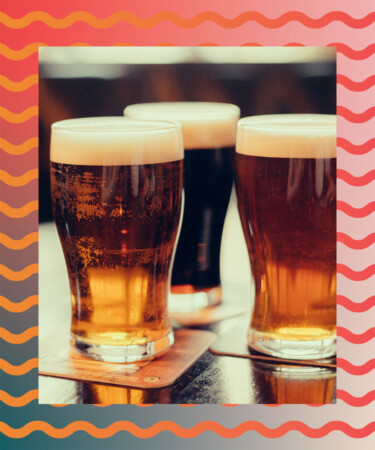New research suggests that 16th-century brews reached as high as 5.3 percent ABV, according to The Drinks Business. Published by Cambridge University Press, the case study explores Irish beer fermentation during the early modern time period.
“To understand more deeply beer’s significance as an intoxicating and energy-providing foodstuff, it is vital to move beyond theoretical calculations and rough approximations with present-day equivalents,” the study states. “This can only be achieved by attempting to recreate an early modern beer, following the practices of past brewers, and employing the most accurate ingredients and technology possible.”
According to research lead Susan Flavin, PhD, an associate professor of history at Trinity College Dublin, it wasn’t uncommon for individuals to drink copious amounts of beer in the 16th century — up to 14 pints a day. Because it was consumed in such large quantities, researchers long assumed these pints were weaker in ABV than those enjoyed today — which, it turns out, likely wasn’t the case.
The Trinity College Dublin research group, led by Flavin, reconstructed several pale beers using an Irish recipe originating from Dublin Castle in 1574. The written records of “household beer” in Dublin Castle appear to be the most thorough and well-preserved in Ireland, per the study’s findings.
“Beer was a crucial part of diets in sixteenth-century Ireland, as it was in most of northern Europe,” the study says. “This drink was in many ways comparable to its modern counterpart — it used hops, was lightly bitter, and was produced using similar processes — but it was also distinctive, employing pre-modern varieties of grains, brewed with heavy quantities of oats as well as barley, and reliant on less precise equipment.”
The team created three individual batches of varying alcoholic strengths. After fermentation, the beer matured for three months. The final product offered a slight bitterness and hoppiness, with a light honey hue and hazy appearance. Each pint contained three standard units (10 milliliters of pure alcohol, per the U.K. health standards) and 260 to 272 calories. The ABV of these batches measured between 2 to 5.3 percent. Because of these results, the study concludes that while beer held a vastly different role in early modern society, its intoxicating effects are likely quite comparable to today’s lagers.
The new findings, however, don’t share how 16th-century drinkers managed to slurp down that amount of alcohol on any given day and remain standing.
This story is a part of VP Pro, our free content platform and newsletter for the drinks industry, covering wine, beer, and liquor — and beyond. Sign up for VP Pro now!
